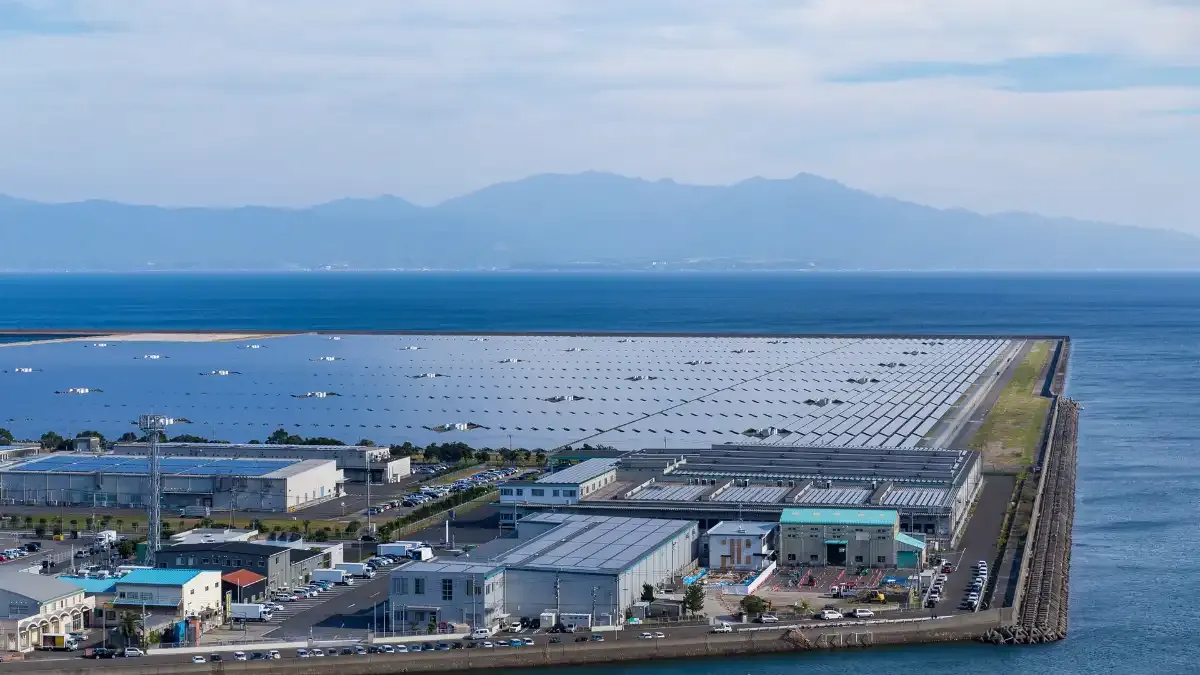Copenhagen Infrastructure Partners (CIP) is unveiling a game-changer with their latest project, Copenhagen Energy Islands. This bold move aims to address the challenges associated with the anticipated surge in offshore wind energy, a staggering 500 gigawatts by 2050.
Dreaming Big with Offshore Energy Hubs
CIP, the masterminds behind Estonia's inaugural offshore wind farm, is collaborating with investors from Europe and North America to establish approximately 10 offshore renewable energy hubs. Each hub flexing its muscles with around 10 gigawatts of power, totaling an eye-popping 100 gigawatts. While still scouting for the perfect spots, wind-rich regions like the North Sea, the Baltic Sea, and potential sites in Southeast Asia are catching their attention.
Why Invest in Green Hydrogen?
So, why is Copenhagen Energy Islands placing its bets on green hydrogen? The answer lies in the sheer scale of the offshore wind farms expected in the future. With major economies gearing up to unleash more than 500 gigawatts of offshore wind power by 2050, the challenge isn't just building more wind farms but figuring out smart ways to integrate all that power into the global energy mix.
Energy Islands concept, hitching a ride on green hydrogen, also known as power-to-gas. In simple terms, they want to harness wind power to create hydrogen from water, providing a clean, fossil-free fuel for various uses, from transportation to industrial processes.
Energy Islands in Action: Green Hydrogen Takes the Lead
Energy Islands aren't just a cool idea on paper; they're a solution to the bottleneck issue faced by offshore wind. Green hydrogen swoops in as an energy carrier, unlocking fresh possibilities for offshore wind to integrate with local and global energy markets. Forget about the limitations of electricity – hydrogen can easily journey to the shore through pipelines or ships, offering flexibility and storage options.
Building these facilities offshore instead of on land isn't just a whim. It's a savvy move to cut down on power transmission costs and create synergies between power and hydrogen production. According to CEI estimates, using a hydrogen pipeline is only about 20% of the cost of a high-voltage direct current cable.
Tackling Challenges: Seawater and Cost Efficiency
Now, you might be wondering – how on earth can an electrolysis system run on seawater? The plan is to equip the energy islands with desalination systems. Sure, desalination can be a bit pricey, but fear not, efforts are underway to bring down those costs. And hey, improvements in electrolyzed technologies offer a more sustainable, long-term solution.
Energy Islands aren't just sticking with power-to-gas; they're diving headfirst into Power-to-X, exploring electro fuels, ammonia, and other products made with green hydrogen.
Peeking into the Future and Mixing It Up with Wind Farms
The global green hydrogen market is a bit of a puzzle, but the Energy Islands concept is here to shake things up. With cost-cutting measures and the flexible use of hydrogen, we might just find the right balance. Add the trend of multi-use offshore wind farms into the mix, featuring floating solar arrays and wave energy devices, and you've got a recipe for a cleaner, more sustainable tomorrow.
